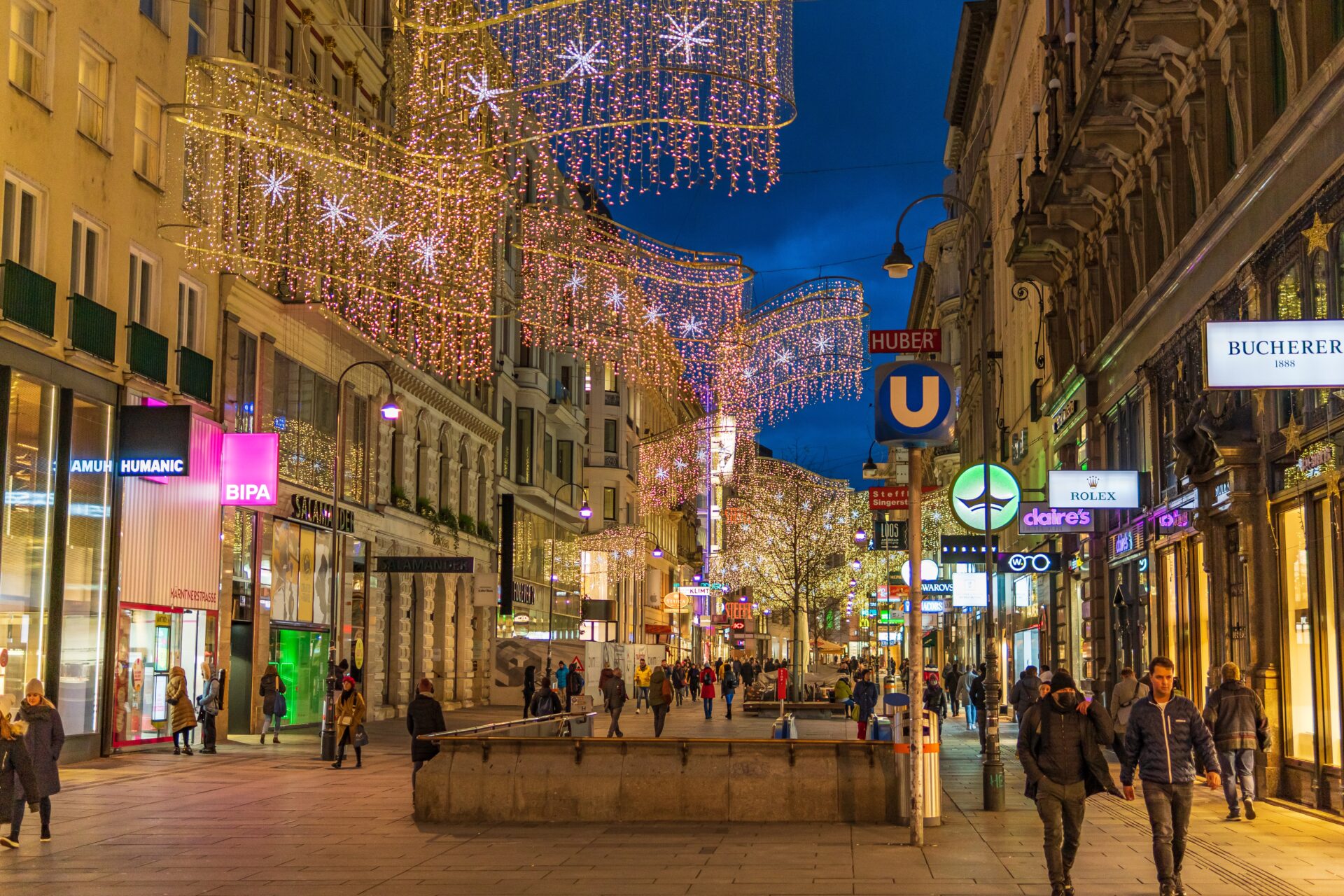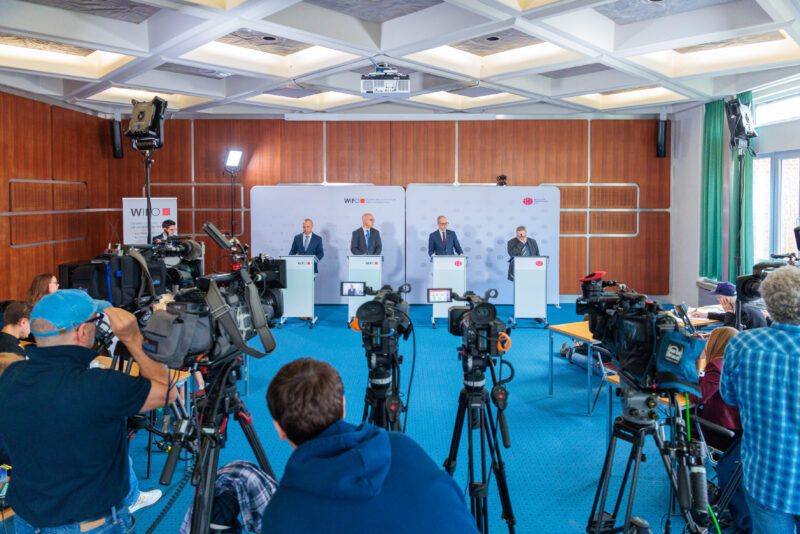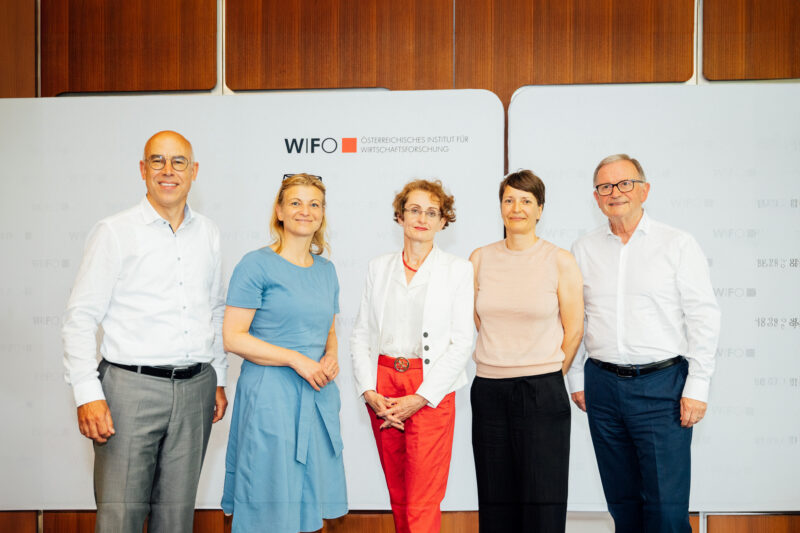
Price-adjusted Additional Sales in December Reach Previous Year's Level
WIFO forecasts that net sales in the non-food retail sector will expand by just under 9 percent in nominal terms this year in December. Adjusted for price increases, however, the real increase is only 0.6 percent, which is roughly equivalent to stagnation.
In food retailing, sales are expected to rise by 7.7 percent in December. However, this corresponds to a real decline of 2.5 percent. For the retail sector as a whole, this results in nominal growth of 8.4 percent and price-adjusted growth of –0.8 percent.
The surprisingly sharp rise in energy prices weighs on consumers' scope for spending during the Christmas season. Confidence among private households is further dampened by the war in Ukraine and the associated uncertainties. By contrast, the robust development on the domestic labour market is likely to have a positive impact on spending behaviour. The trend of declining sales peaks in December, which has been observed in the retail sector for many years, will continue this year.
While in the past two years it was the lockdowns in the context of the COVID-19 fight that affected trade and Christmas business negatively, this year it is the drastic increase in inflation that is weighing on business performance.
The international rise in energy prices, the weak euro compared to the dollar and Russia's military intervention in Ukraine, caused energy prices to rise surprisingly sharply this year. The monthly increase in the domestic consumer prices of over 10 percent resulted in a 1.4 percent year-on-year decline in real disposable private households’ income. Higher energy costs are placing a considerable burden on consumer spending. A survey conducted by the Gallup Institute for WIFO in October showed that around half of all respondents plan to spend less on Christmas gifts this year than last year.
For the fourth quarter of 2022, WIFO expects price-adjusted household consumption to stagnate compared with the previous year. The development of the retail sector is therefore also likely to be correspondingly weak. This year, the retail sector will not only have to contend with consumer spending burdened by inflation but will also be impacted by the sharp rise in energy costs.
The trend towards a decline in the importance of December business for the retail sector, which has already been observed for many years, will continue this year. On the one hand, an increasing number of Christmas gifts are already purchased in November and, on the other, the proportion of gift vouchers given away will not show up in sales until January of the following year. In the two previous years, special lockdown-related effects distorted the picture. In 2020, the COVID-19 crisis had a greater negative impact on earnings during the year than in December, making the sales peak of that month particularly prominent. In 2021, the effect was reversed what resulted in a rather weak December peak. Because of the lockdown, in that year many Christmas gifts were purchased in supermarkets which belong the grocery retail sector. This reduced the December effect, especially in the retail of toys and books.
Although December peaks will continue to level off, this year's December business will not be impacted by any closing days forced by lockdowns, unlike in the previous year. This should support December sales on a year-on-year comparison. For this year's Christmas business, WIFO forecasts "additional sales" in December compared to the average from January to November of nominally 1.36 billion €. Adjusted for prices (in real terms), this means a volume of 924 million €.
Please contact
























